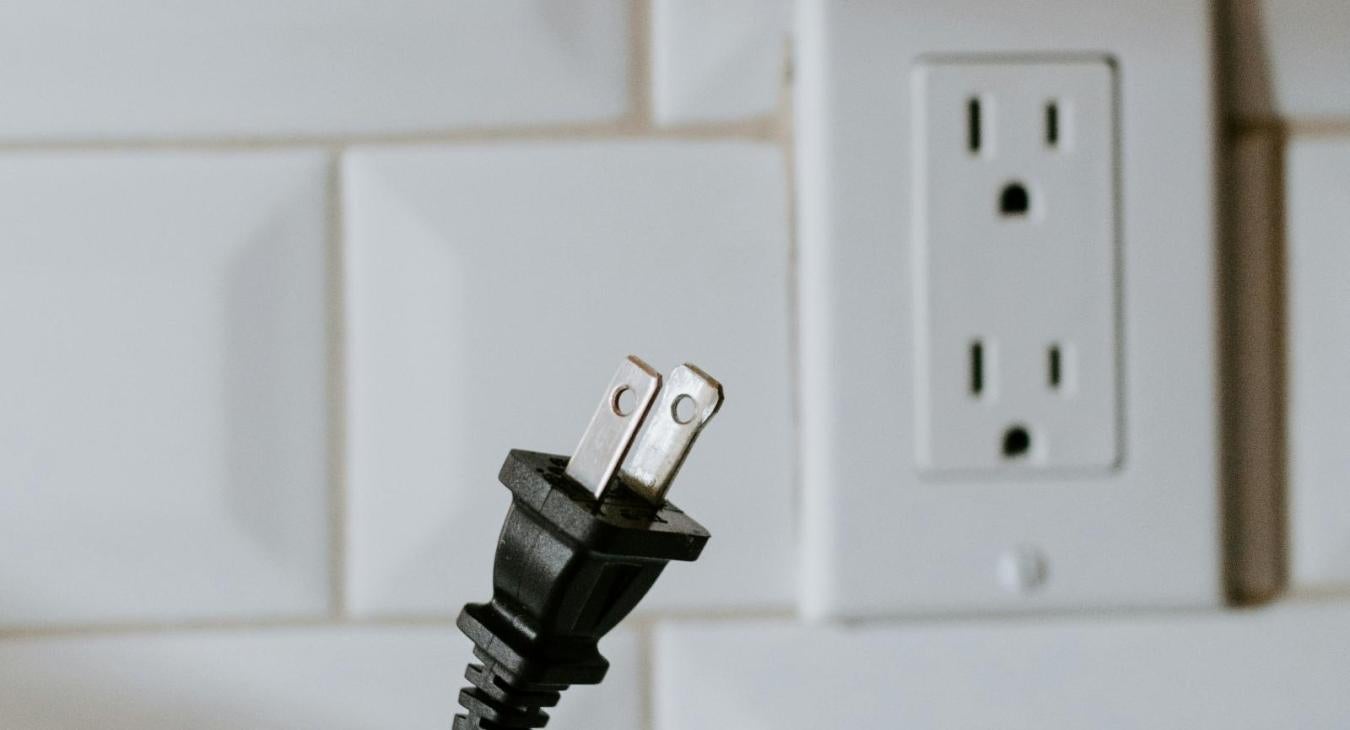Determining how much electricity your appliances and home electronics use can help you understand how much money you are spending to operate them. Electricity is measured in units of power called watts, and one watt is a joule of energy used or produced per second.
The power consumption of small devices is usually measured in watts, while the power use of larger devices is measured in kilowatts (kW) (1 kW equals 1,000 watts). Knowing how much electricity an appliance uses and how much the electricity costs can help you decide whether to invest in a more energy-efficient appliance or make other cost-saving decisions, such as unplugging appliances when not in use. Becoming watt savvy is also helpful if you are considering purchasing a generator.
There are several ways to estimate how much electricity your appliances and home electronics use:
See the data plate
Appliances usually have data plates located on the back or inside the door. They tell you how many amps, watts and volts are needed to power the appliance. If your appliance does not list watts for some reason but does list the number of volts and amps, you can multiply them to get the number of watts.
Review the EnergyGuide label
The EnergyGuide label, a yellow-colored sticker or tag found on new products, provides an estimate of the average energy consumption and cost to operate the specific model of the appliance you are considering. The FTC requires the label, and the dollar amount is the estimated yearly operating cost based on the national average cost of electricity.
Use a monitor or meter
Wattage meters are affordable instruments that are easy to use and can measure the electricity usage of any device that runs on 120 volts. To put it to work, just plug the monitor into the electrical outlet and then plug the device into the monitor. The monitor will display how many watts the device uses. If you want to know how many kilowatt-hours (kWh) of electricity a device uses over a length of time, just leave everything set up and read the display later. Some monitors even allow you to plug in your utility’s cost per kWh rate to determine how much that specific appliance costs you over a certain length of time.
Install a whole-house system
Whole-house energy monitoring systems provide more detailed data on your home's energy use (as well as the ability to measure the energy use of 240-volt appliances). The features of these systems vary, and the cost and complexity depend on the number of circuits you want to monitor, how detailed the feedback is and the type of features available. The monitors are often installed directly into the main breaker panel of the home, and some require an electrician to install. Some monitors must be connected to your home's wireless network, with data being viewed on a computer or smartphone, while others come with a dedicated display. In addition to providing information on the energy consumption of your appliances, this type of monitoring system helps you understand where and when you use the most energy, allowing you to develop strategies to reduce your energy use and costs.
To learn more information about electrical safety and energy efficiency, visit SafeElectricity.org.
Comparing an older appliance to a newer one
Now that you know how to measure the energy used by your appliances and home electronics, you can visit EnergyStar.gov to access information that can help you decide if you should upgrade to newer, more efficient models. ENERGY STAR provides energy use data on specific products that have earned the ENERGY STAR rating. You can compare this information to your current appliances’ energy use to see if an upgrade is worth your while. EnergyStar.gov also provides tools that allow you to select and compare specific models to one another. Depending on the type of appliance, ENERGY STAR-certified appliances use between 10% and 50% less energy than their standard counterparts.

